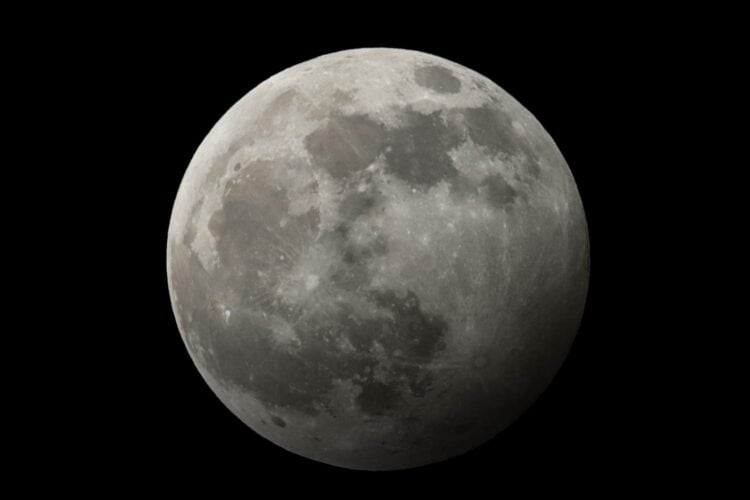As the new year unfolds, the night sky of January 2024 prepares to host its first full moon.
What are the origins of the Wolf Moon?
This lunar event, steeped in history and folklore, offers more than just a bright spot in the sky.
Each full moon carries its own name and story, deeply rooted in cultural traditions and natural phenomena.
The January full moon, often referred to as the Wolf Moon, has captivated human imagination for centuries, embodying the essence of the midwinter season in the northern hemisphere.
The origin of the Wolf Moon’s name is a blend of Native American, European, and Colonial American influences, stemming from the nocturnal howls of wolves heard during this time of year.
It was long believed that wolves howled more frequently in January due to hunger in the winter months.
Modern understanding, however, attributes these vocalisations to social coordination within the pack, territory definition, and hunting strategies.
The Wolf Moon symbolises more than just the animal it’s named after; it reflects humanity’s deep connection to nature and the cycles of the earth.
The first full moon of 2024 will appear on this day in January
This year, the Wolf Moon will grace our skies on Thursday, 25 January 2024, reaching its peak at 12:54 EST.
In South Africa, our geographical position grants us a better advantage to observe the Wolf Moon in its glory, as it will reach its peak at 19:54 CAT.
Its appearance marks not just a natural occurrence but also an astronomical and astrological event of note.
Astrologers view this full moon as a time for reflection, urging individuals to consider their roles in the broader shifts happening in the world, particularly in consciousness, spirituality, and technology.
As the full moon ascends, it travels across various constellations, adding an element of wonder to the night sky.
In the days surrounding the Wolf Moon, stargazers have the opportunity to witness the moon’s journey through Gemini, Cancer, and near the Beehive cluster in Leo.
This celestial path enhances the viewing experience, especially when the moon is near bright stars and constellations, such as those in the Winter Hexagon asterism.
The Wolf Moon is more than just a name; it is a confluence of science, folklore, and spirituality.
Its appearance in January is a reminder of the age-old traditions and myths that have been woven into our understanding of the natural world.
Whether one views it through the lens of astronomy, astrology, or cultural heritage, the first full moon of 2024 is a phenomenon that connects us all to the larger cosmos and the shared stories of our past.






